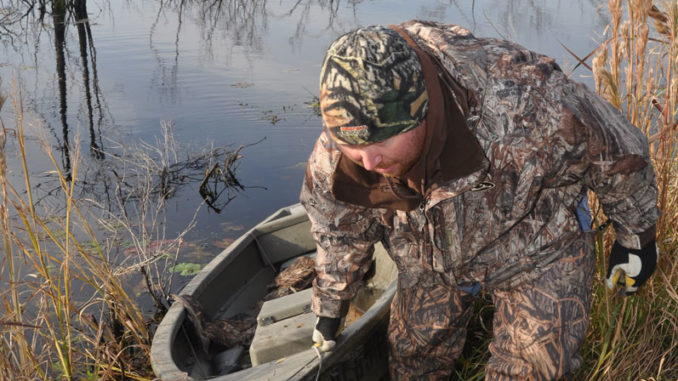
A greentree impoundment takes advantage of acorns, of one of the primary food sources of larger puddle ducks, including wood ducks, mallards and black ducks. Hard mast, including nuts, bracts and awns, along with soft mast, such as berries and fruits, occur in bottomland hardwood swamps. A greentree impoundment is flooded seasonally, after deciduous leaves have fallen and the hardwood trees have gone dormant.
Shallow flooding to depths of 12 to 18 inches allows puddle ducks to vacuum the acorns and other mast from the bottom. It is imperative to drain a greentree impoundment in February and march before trees begin to grown new leaf buds.
Species that evolved in floodplains, such as willow, laurel and water oak, are the primary oaks that attract and hold ducks at Holly Shelter’s greentree Impoundment. However, if these trees were to remain flooded during growth stages, they would die within a few years and the impoundment would lose the greater part of its attractiveness to ducks.





Be the first to comment